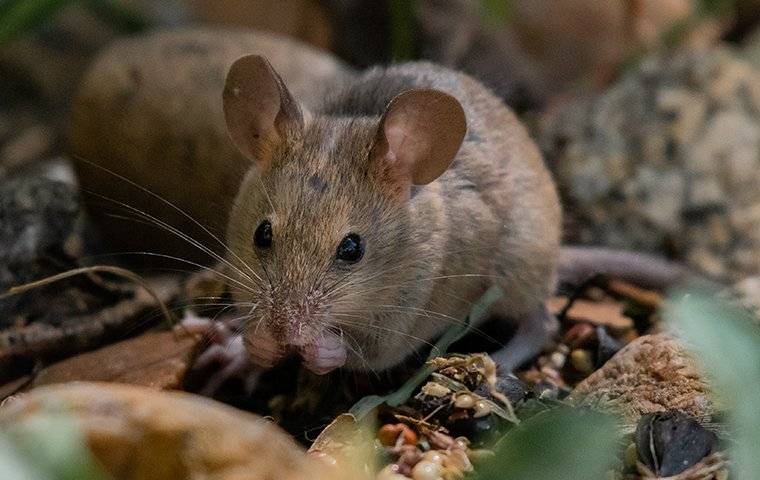Long Term Pest Control for Landlords: Essential Tips
Share
As a landlord, maintaining a pest-free property is not just about immediate extermination; it's about implementing long term pest control strategies that ensure your rental remains safe and comfortable for tenants. In this guide, we'll explore the essential tips and tricks for effective pest management, ensuring landlords can protect their investment and provide a high-quality living environment for tenants.

Understanding the Importance of Long Term Pest Control
Landlords often face challenges when it comes to pest control. Tenants expect a clean and safe living environment, and any pest infestation can lead to dissatisfaction and potential loss of income. Implementing long term pest control strategies can prevent these issues, ensuring that properties remain pest-free.
A proactive approach to rodent control and other pests is essential. It not only helps in maintaining the integrity of the property but also enhances tenant retention rates. By adopting consistent pest management practices, landlords can avoid costly extermination services and potential property damage.
Identifying Common Pests in Rental Properties
Before implementing any pest control measures, it's crucial to identify the common pests that might invade rental properties. These typically include rodents, cockroaches, ants, bed bugs, and termites. Each of these pests requires a specific approach for effective management.
For instance, rodents such as mice and rats can cause significant damage to property structure and wiring. Utilizing smart sensors for rodent alerts can be an innovative solution for landlords. Cockroaches, on the other hand, are often found in kitchens and bathrooms and require a combination of sanitation and extermination efforts.
Implementing Preventive Measures
Prevention is better than cure, especially when it comes to pest control. Landlords should focus on sealing entry points, maintaining cleanliness, and conducting regular inspections. Simple steps such as installing door sweeps, sealing cracks and crevices, and keeping common areas tidy can significantly reduce the likelihood of infestations.
Moreover, landlords should consider incorporating pest control services in their rental agreements. This can be a selling point for potential tenants, as it demonstrates a commitment to property maintenance. Learn more about including pest control services in rental listings to attract responsible tenants.
Effective Pest Control Solutions for Landlords
Once preventive measures are in place, landlords should explore various pest control solutions. These can range from DIY methods to professional pest control services. For example, glue traps and baits can be effective for minor infestations, while severe cases may require professional intervention.
Regular communication with tenants is also vital. Encourage them to report any signs of pest activity promptly. This allows landlords to address issues before they escalate. Additionally, maintaining records of pest control activities can provide valuable insights and assist in future prevention efforts.
Leveraging Technology for Long Term Pest Control
Incorporating technology into pest management can enhance efficiency and effectiveness. Smart pest control solutions, such as remote monitoring and automated traps, provide landlords with real-time data on pest activity. This allows for quick response times and more targeted interventions.
Consider investing in systems that offer continuous monitoring and control capabilities. These technologies not only reduce the need for manual inspections but also offer peace of mind by ensuring that pest issues are addressed swiftly.
Maintaining a Pest-Free Environment
Ultimately, maintaining a pest-free environment requires ongoing effort and attention. Regular property inspections, tenant education, and the use of professional pest control services are essential components of a successful pest management strategy. For landlords managing vacation rental properties, this is particularly important as high guest turnover can increase the risk of infestations.
By prioritizing long term pest control, landlords can protect their property investments and ensure tenant satisfaction. Whether it's through preventive measures, leveraging technology, or professional services, a comprehensive approach to pest management is key.

FAQ
Q: What are some common pests found in rental properties?
A: Common pests include rodents, cockroaches, ants, bed bugs, and termites. Each requires specific management strategies.
Q: How can landlords prevent pest infestations?
A: Preventive measures include sealing entry points, maintaining cleanliness, conducting regular inspections, and incorporating pest control services in rental agreements.
Q: Are there technological solutions for pest control?
A: Yes, smart pest control solutions such as remote monitoring and automated traps provide real-time data on pest activity, enhancing efficiency and effectiveness.
